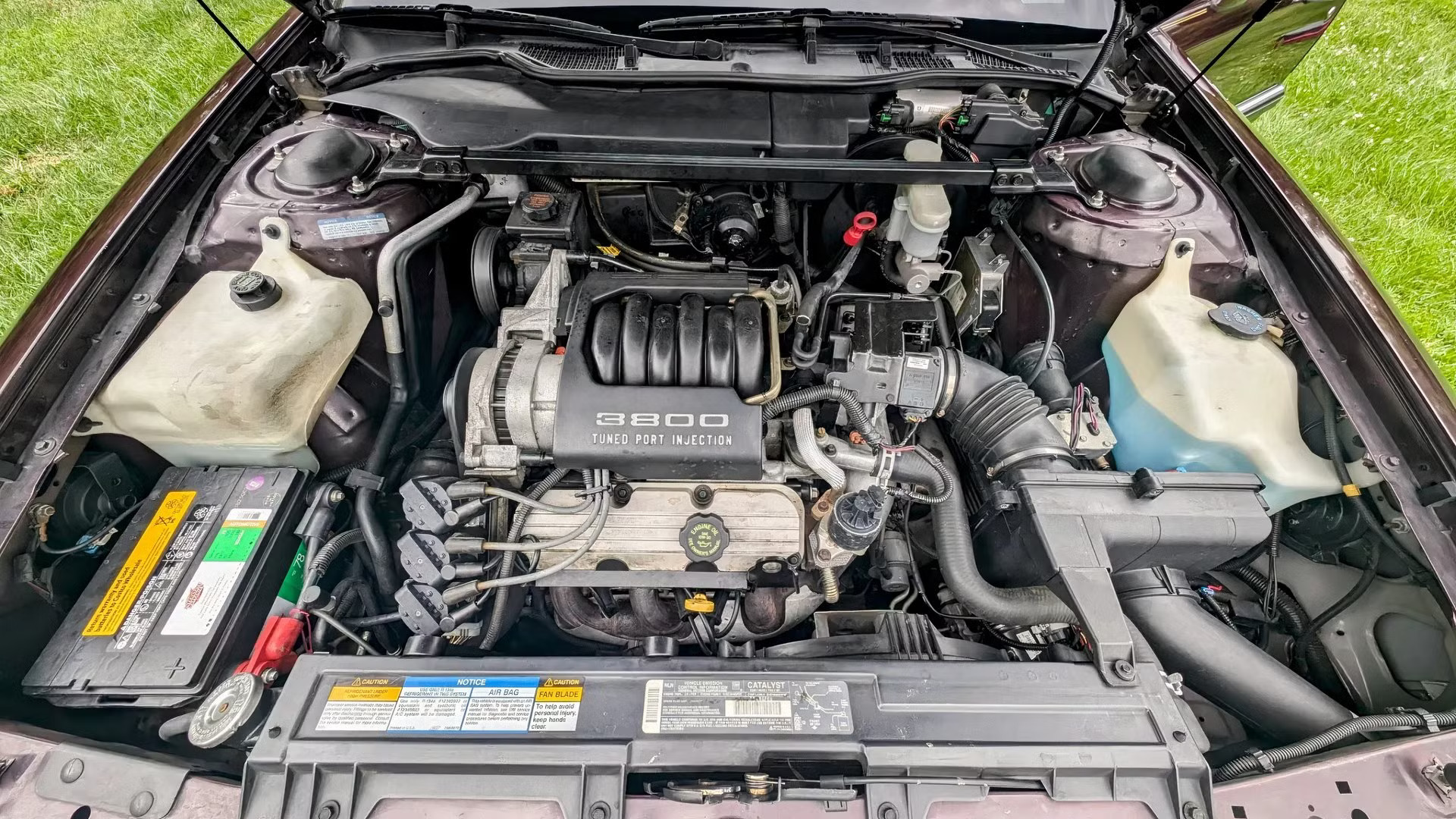Some engines become legends not because they were the most powerful or advanced, but because they simply refuse to die. They outlast multiple owners, rack up hundreds of thousands of miles, and still pull strong with little more than basic maintenance.
This section dives into five iconic engines revered for their bulletproof durability, excellent engineering, and widespread tuning potential. These engines have become beloved by enthusiasts and respected by mechanics for their reliability in stock form and their resilience under extreme conditions.
1. Toyota 1JZ/2JZ – Japan’s Unkillable Inline-Six
The Toyota JZ family, especially the 2JZ, is widely considered one of the most dependable and tunable engine series ever created. Produced between 1990 and 2007, the 2JZ (3.0L) and 1JZ (2.5L) inline-six engines were known for their cast-iron blocks, aluminum heads, and legendary strength.
The 2JZ powers the iconic Toyota Supra Mk IV and has handled 1,000+ hp builds on stock internals. Even naturally aspirated versions delivered solid output and high longevity. Properly maintained, these engines often surpass 250,000 miles with ease, making them a top-tier choice for both reliability and performance enthusiasts.
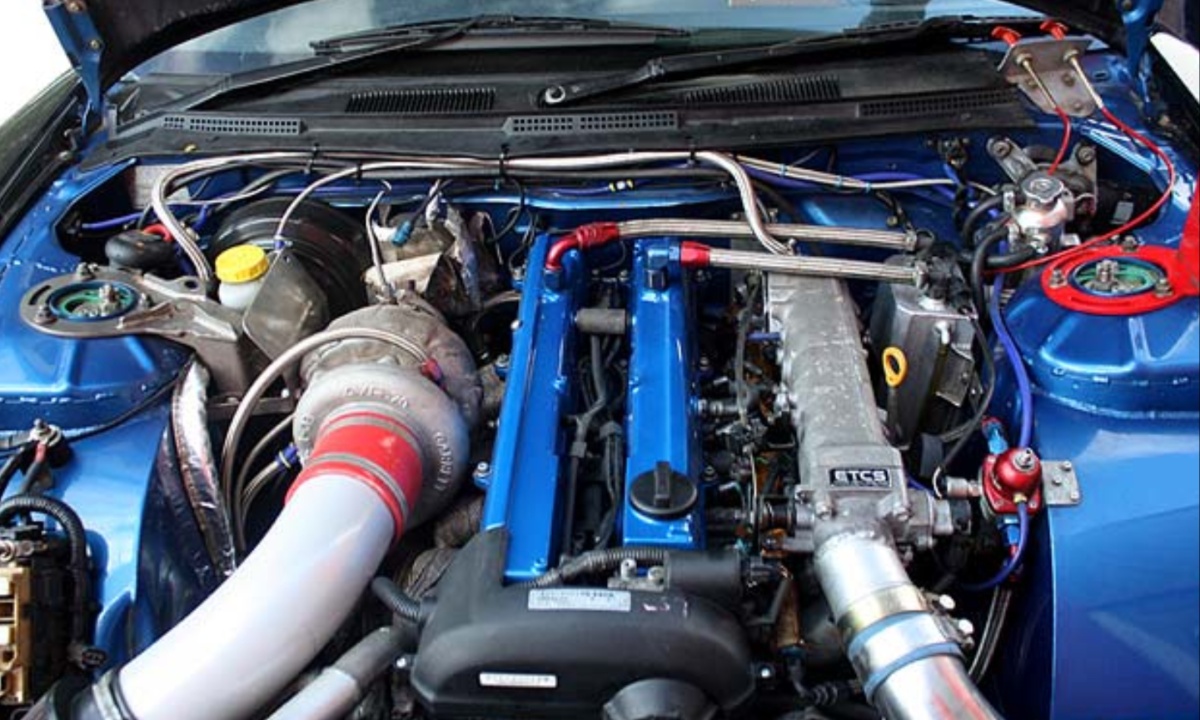
2. GM LS V8 – America’s Most Swappable V8
The General Motors LS V8 family has become synonymous with bulletproof power since debuting in 1997. Found in everything from trucks to sports cars, its simplicity, wide displacement range (4.8L to 7.4L), and power outputs from 255–755 hp have made it a favorite for tuners.
Whether naturally aspirated or supercharged, the LS series holds up remarkably well under stress. Known for surviving neglect and abuse, many LS engines easily surpass 300,000 miles with regular maintenance. Their compact size, affordability, and vast aftermarket support have further solidified their place in automotive history.
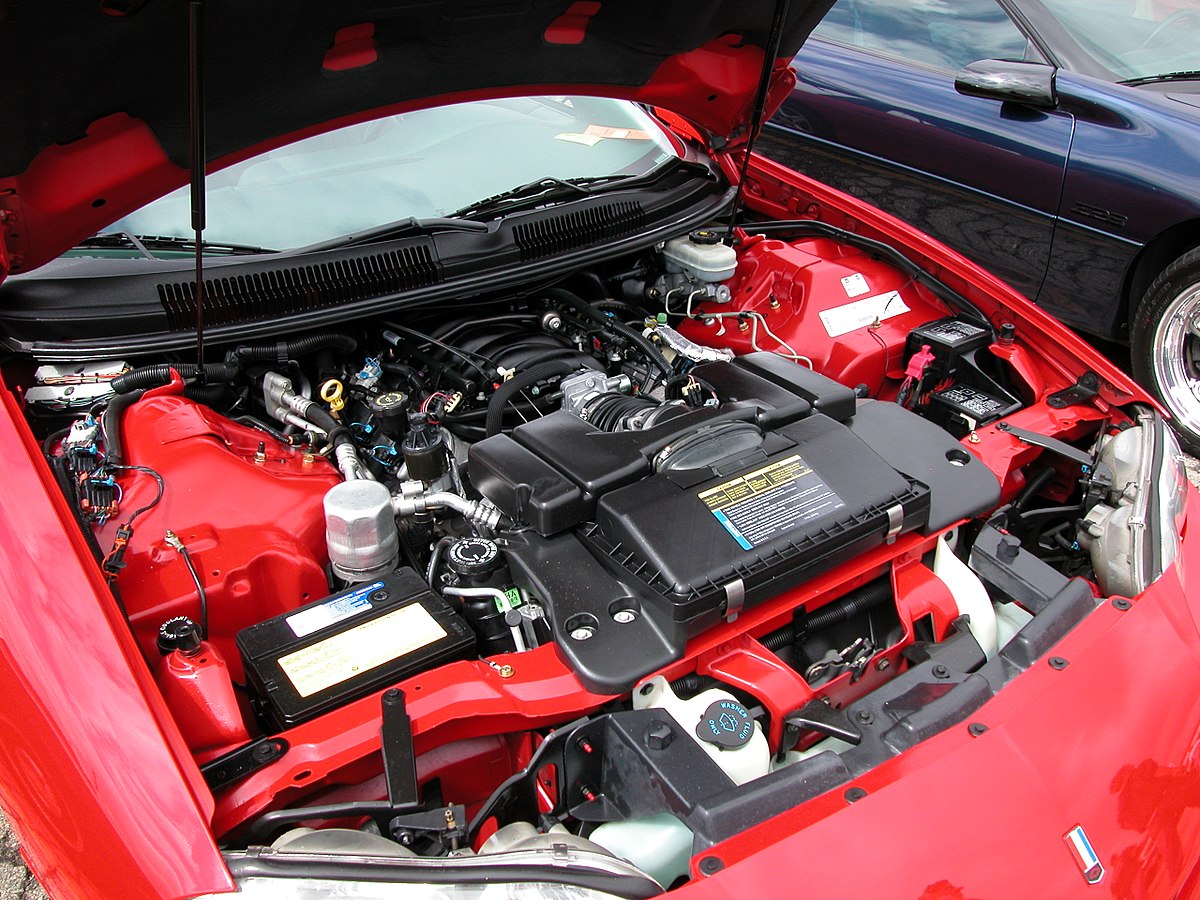
3. Honda K-Series – The Tuner’s Dream DOHC Four
Honda’s K-series, launched in 2001, is a testament to high-revving, high-efficiency engineering. With displacements between 2.0 and 2.4 liters, the K-series—especially the K20 and K24—has powered everything from Civics to Acuras.
Known for its VTEC tech, aluminum construction, and exceptional tuning headroom, this DOHC inline-four has become a go-to for engine swaps. It offers impressive performance and bulletproof reliability, often surpassing 200,000 miles without issue.
Turbocharged or naturally aspirated, the K-series maintains its composure, making it one of the most dependable four-cylinder engines ever made.

4. Toyota 2GR – The Unsung Hero V6
The 3.5L Toyota 2GR V6, produced since 2005, is a staple in countless Toyota and Lexus models globally. Found in the Camry, Highlander, Tacoma, Lexus RX, and even the Lotus Evora, it is known for strong performance and unmatched durability.
With outputs ranging from 237 to 316 hp, the 2GR features a die-cast aluminum block and head, and variants like the 2GR-FSE have been repeatedly recognized for excellence. Whether daily driving or weekend racing, the 2GR rarely falters, earning its place as one of Toyota’s most robust engines ever.

5. Volkswagen ABF – The Reliable German Revver
The VW ABF engine, produced between 1992–1999, was a 2.0-liter inline-four 16-valve motor used in the Golf GTI and Passat. It was celebrated for its smooth, rev-happy nature and surprising durability.
With 148 hp and 133 lb-ft of torque, the ABF wasn’t groundbreaking in power, but its solid cast iron and aluminum construction ensured long life. Enthusiasts love it for its swap potential and resilience under hard driving.
Many ABFs have surpassed 250,000 miles without major issues. Though parts can be pricey due to age, this engine still holds up as a cult favorite among VW purists.
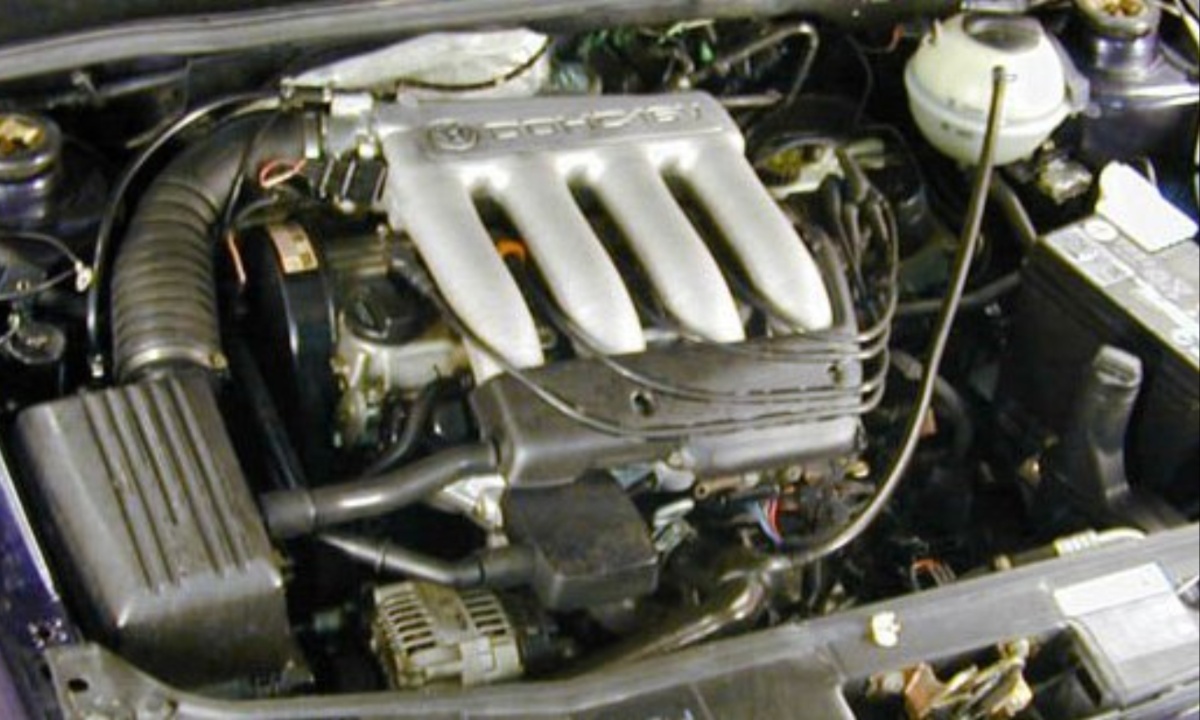
5 Engines That Blow Up Without Warning
1. Chrysler 2.7L V6 – A Disaster by Design
Chrysler’s 2.7L V6 from the late ’90s and early 2000s became infamous for catastrophic failures. Common in the Dodge Intrepid and Chrysler Concorde, it suffered from oil sludge buildup due to undersized crankcase ventilation and poor oil circulation.
Its internal water pump could leak coolant into the oil system, leading to rapid engine wear or failure. Even careful owners faced engine failure before 100,000 miles.
Timing chain issues and fragile components made repairs costly and often pointless. This engine represents one of the most notorious reliability failures in modern American automotive history.
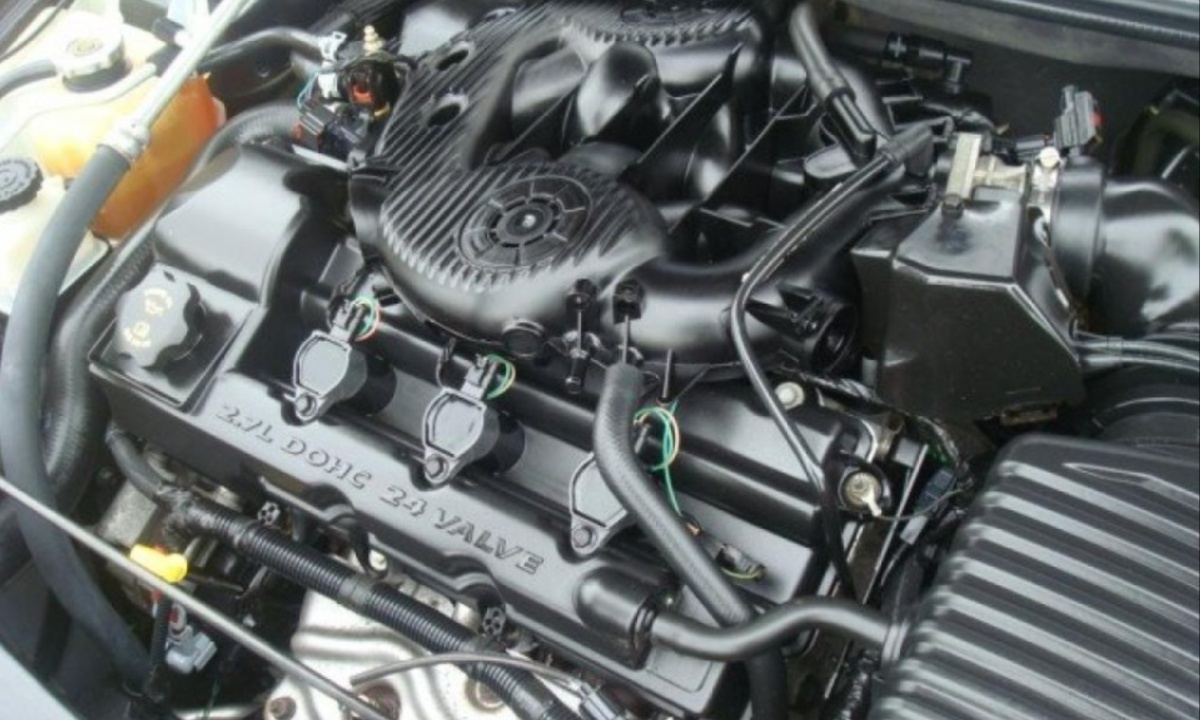
2. Volkswagen 3.6L VR6 FSI – Over-Engineered to Fail
While early VR6 engines were well-regarded, the 3.6L VR6 FSI with direct injection was a maintenance nightmare. Found in VW and Audi models like the Passat and Touareg, this engine suffered from premature timing chain tensioner failures and severe carbon buildup due to its direct injection design.
Timing chain access was difficult due to its firewall placement, making repairs time-consuming and expensive. Oil consumption issues, frequent valve deposits, and poor long-term reliability plagued owners. Despite its smooth sound and strong performance, it quickly gained a reputation as one of VW’s most frustrating modern engines.
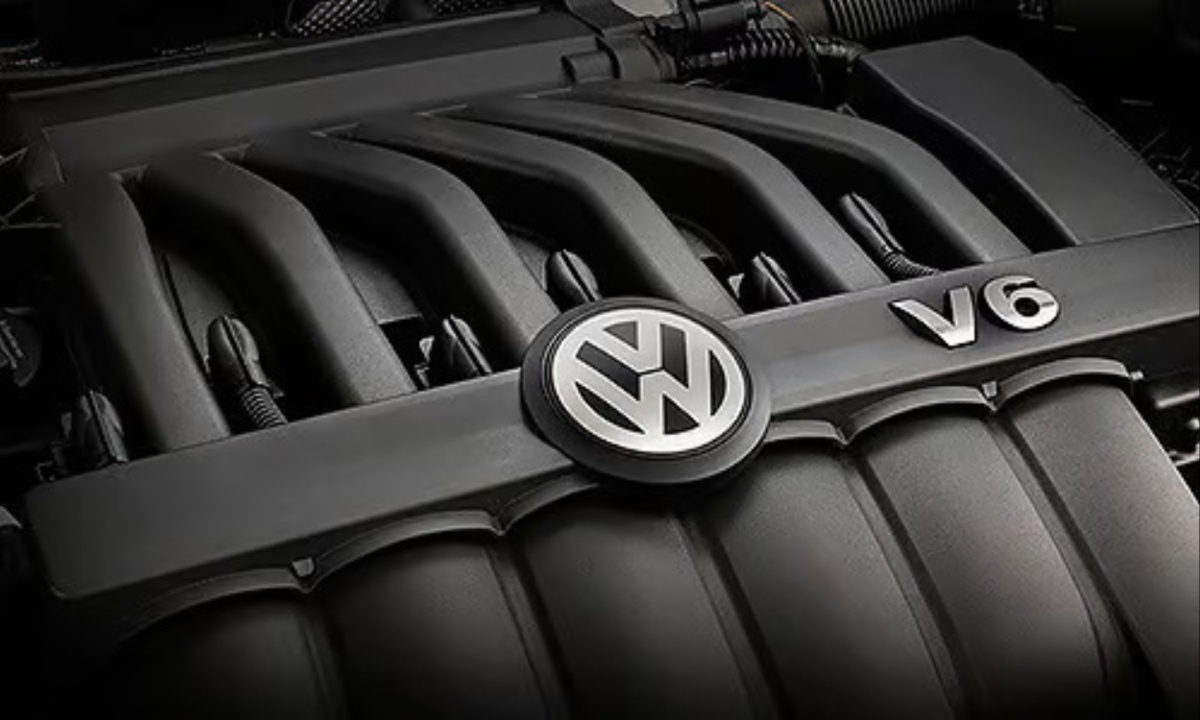
3. Subaru EZ30 / EZ36 – More Cylinders, More Problems
The EZ30 and EZ36 flat-six engines were supposed to be Subaru’s refined answer to their boxer-four offerings. Instead, they introduced more headaches. Found in models like the Legacy 3.0R and Tribeca, these engines faced persistent oil consumption, cooling issues, and head gasket failures.
Uneven heat distribution in the flat-six layout led to premature wear. Tight engine bays made even basic maintenance tedious and expensive. Timing chain tensioners were also a known weak point. Though smoother than Subaru’s fours, the EZ engines added complexity without reliability, making them a regretful choice for many owners.
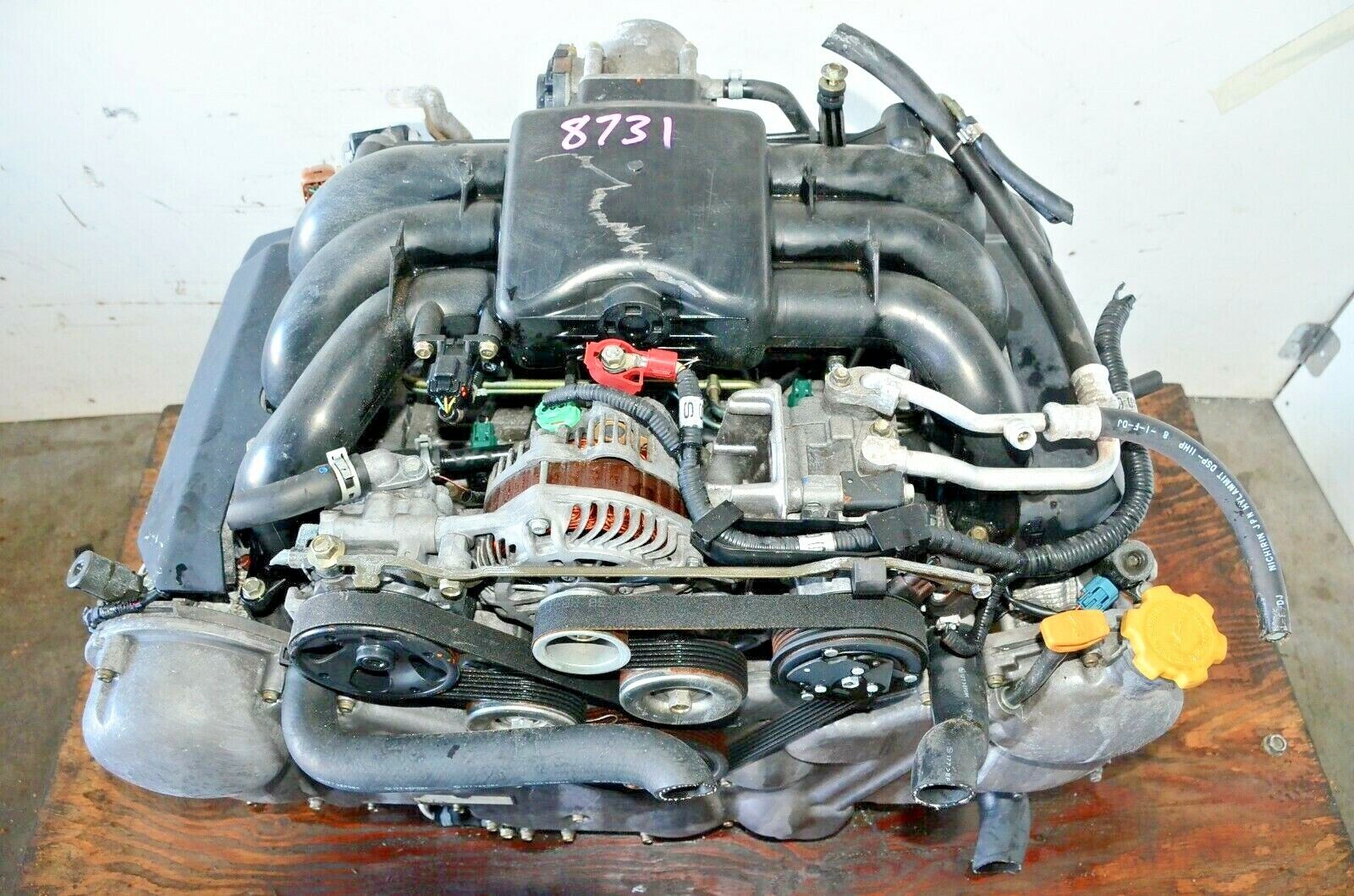
4. Ford 3.0L Duratec V6 – A Wolf in Cheap Clothing
At first glance, Ford’s 3.0L Duratec V6 seemed solid. It boasted an aluminum block, good output, and broad usage across Ford, Mazda, and Jaguar. But it had hidden flaws. The water pump, located inside the engine and driven by the timing chain, could fail and leak coolant into the oil, often causing engine death.
Timing chain tensioner wear, oil leaks, and subpar gasket materials further plagued its reputation. Although some units made it past 200,000 miles, many didn’t. The Duratec 30 ultimately became an example of how seemingly modern designs can hide costly flaws beneath the surface.

5. Hyundai/Kia 2.7L V6 Delta – An Engine That Aged Too Quickly
Hyundai and Kia’s 2.7L Delta V6 was marketed as a smooth, affordable engine in the late ’90s and early 2000s. However, it was riddled with oil sludge issues, gasket failures, and valve lifter wear. Poor PCV system design and narrow oil passages made the engine prone to early degradation.
If the timing belt snapped (a frequent problem), catastrophic piston-valve contact would often total the engine. Component failures, like degrading crankshaft pulleys, added to its unreliability. Though a few careful owners squeezed decent life out of it, most found the Delta V6 a ticking time bomb in disguise.
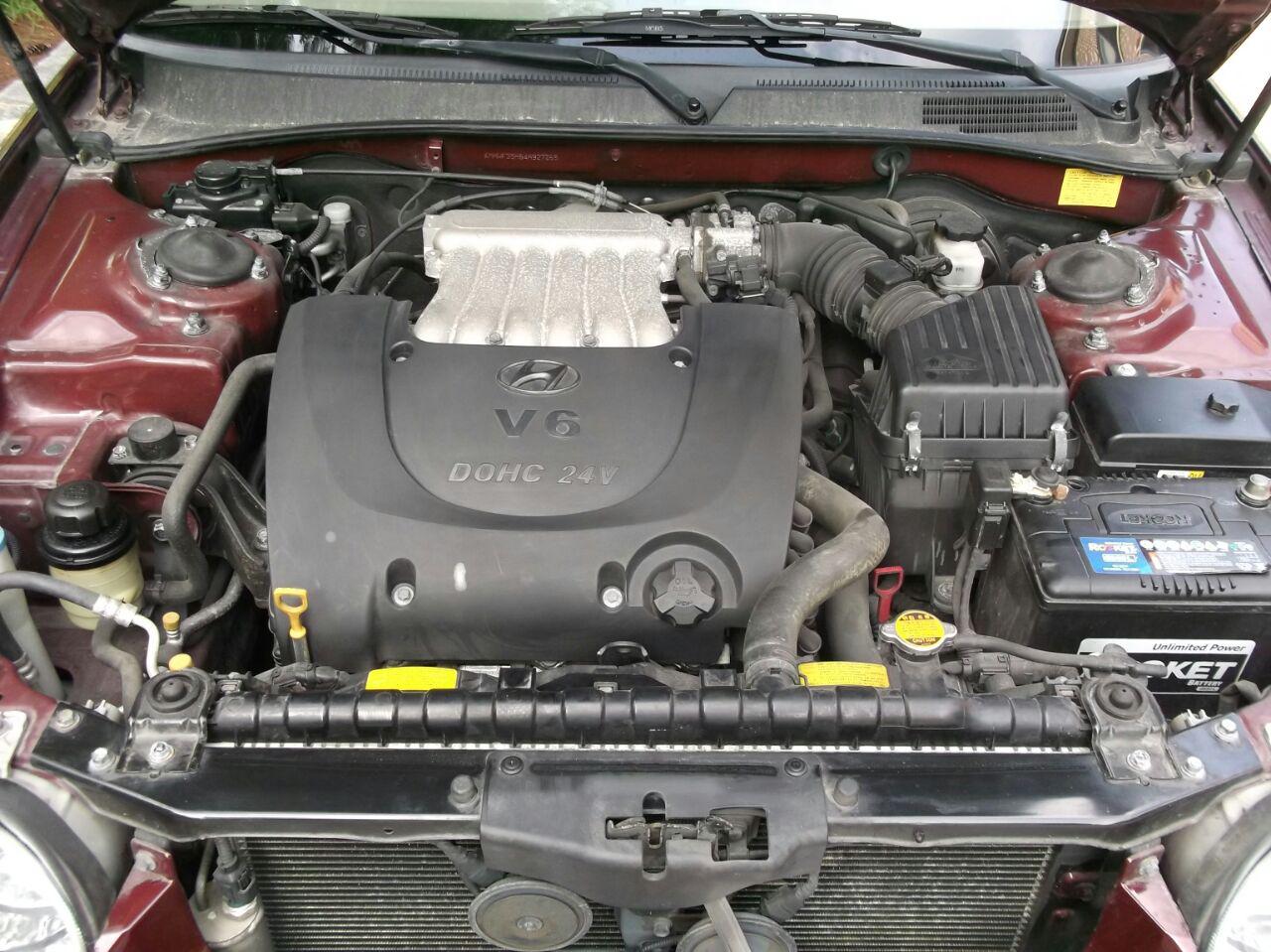
Engines are the heart of every vehicle, and their reliability can mean the difference between a car that becomes a beloved long-term companion and one that ends up a nightmare.
While the likes of Toyota’s JZ series and Honda’s K-series prove that good engineering lasts forever, others like Chrysler’s 2.7L V6 and the VW 3.6L VR6 reveal how poor design can destroy an engine’s reputation.
Whether you’re choosing your next project car or daily driver, knowing which engines to trust—and which to avoid—can save years of frustration and thousands in repairs.
Also Read: 5 Cars With Tire Sizes That Are Easy To Find And 5 That Cost A Fortune

